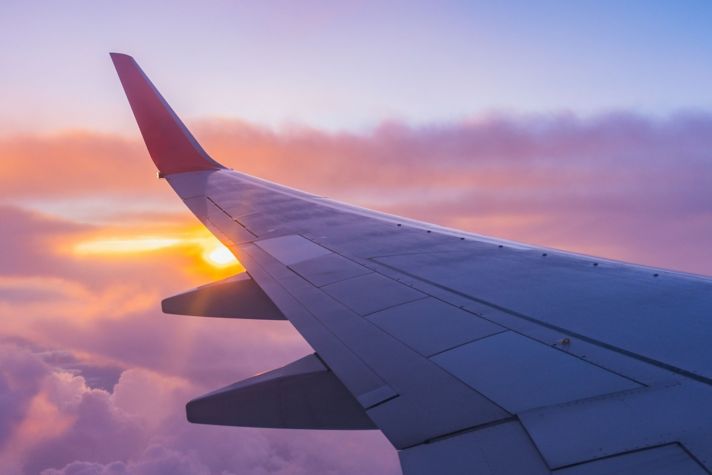-
Global
-
Africa
-
Asia Pacific
-
Europe
-
Latin America
-
Middle East
-
North America
- |
- BUSINESSES
- |
- Contact
- |
-
Global
-
Africa
-
Asia Pacific
-
Europe
-
Latin America
-
Middle East
-
North America
- |
- BUSINESSES
- |
- Contact
- |
You are browsing the product catalog for
You are viewing the overview and resources for
- News
- The Future of Business Travel
October 20, 2019
Business executives need to be able to travel the globe as quickly as possible.
Time spent traveling must also enable executives to simultaneously get their work done – holding important meetings, reading critical reports and sharing information instantly.
“The technology just affects how broadly across the world they can operate,” said Rolly McFarlin, who has worked in the aerospace industry for about 40 years and specializing in business jet solutions for more than a decade.
Demand for new business jets will continue throughout the next decade.
Our Global Business Aviation Outlook projects up to 7,600 new business jet deliveries during the next 10 years.
Here’s what the future of business travel will look like:
Supersonic Jets
Supersonic jets will be a future mode of transportation for executives.
Those ultra-fast planes will cut down on travel time, getting an executive from the U.S. to Europe twice or three times as fast as it would take a traditional jet, Rolly said.
Flight testing and initial deliveries of supersonic business jets are expected between 2021-2025, according to the National Business Aviation Association.
These jets are currently prohibited from flying over the United States because of noise restrictions. But in 2018, congress mandated the FAA develop regulations for supersonic aircraft, according to NBAA.
Rolly said the jets will not fly at supersonic speeds when they’re over land, but have the capability to do so over oceans, speeding up trips.
Air taxis in cities
Urban Air Mobility (UAM) vehicles, which are large air taxis that look similar to drones are expected to be in limited service starting in 2023-2025.
Those vehicles will replace executives being picked up by hired drivers in cars from the airport in certain situations.
Instead, executives will hop in the air taxi for a quick jaunt to the city, flying over gridlock and traffic down below.
That will save time getting to and from customer meetings or events.
Before UAM vehicles are flown, certification requirements and airspace management systems will need to be put in place, Rolly said.
More fuel-efficient aircraft
Aircraft will have to become more fuel efficient to extend their range, Rolly said.
The majority of business aircraft seat six passengers and fly trips that are less than 1,000 miles, according to NBAA.
But better fuel efficiency gives executives the flexibility to quickly pivot between shorter and longer distance trips, Rolly said.
For example, if a CEO needed to go from New York, to Chicago, to Europe, the business jet can handle those trips without needing to refuel.
Faster connectivity to get work done
Already, business jets serve as executives’ offices.
Just as they would on the ground, those officials can conduct video conferencing, phone calls, send emails and not miss work just because they are traveling.
As technology of satellite communications continues to advance, all of those activities will function even faster.
It boils down to how quickly you can get information on and off the airplane, Rolly said.
Copyright © 2025 Honeywell International Inc.




